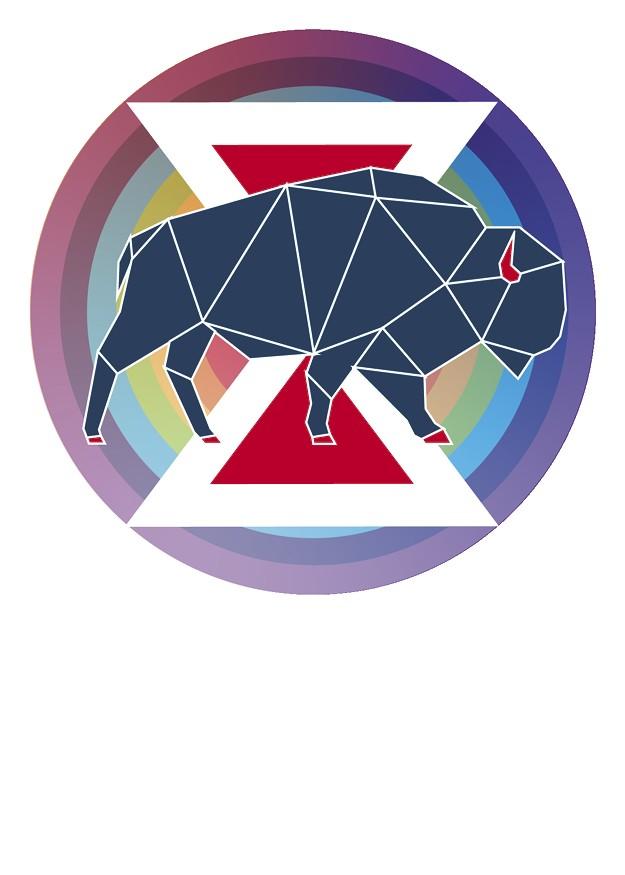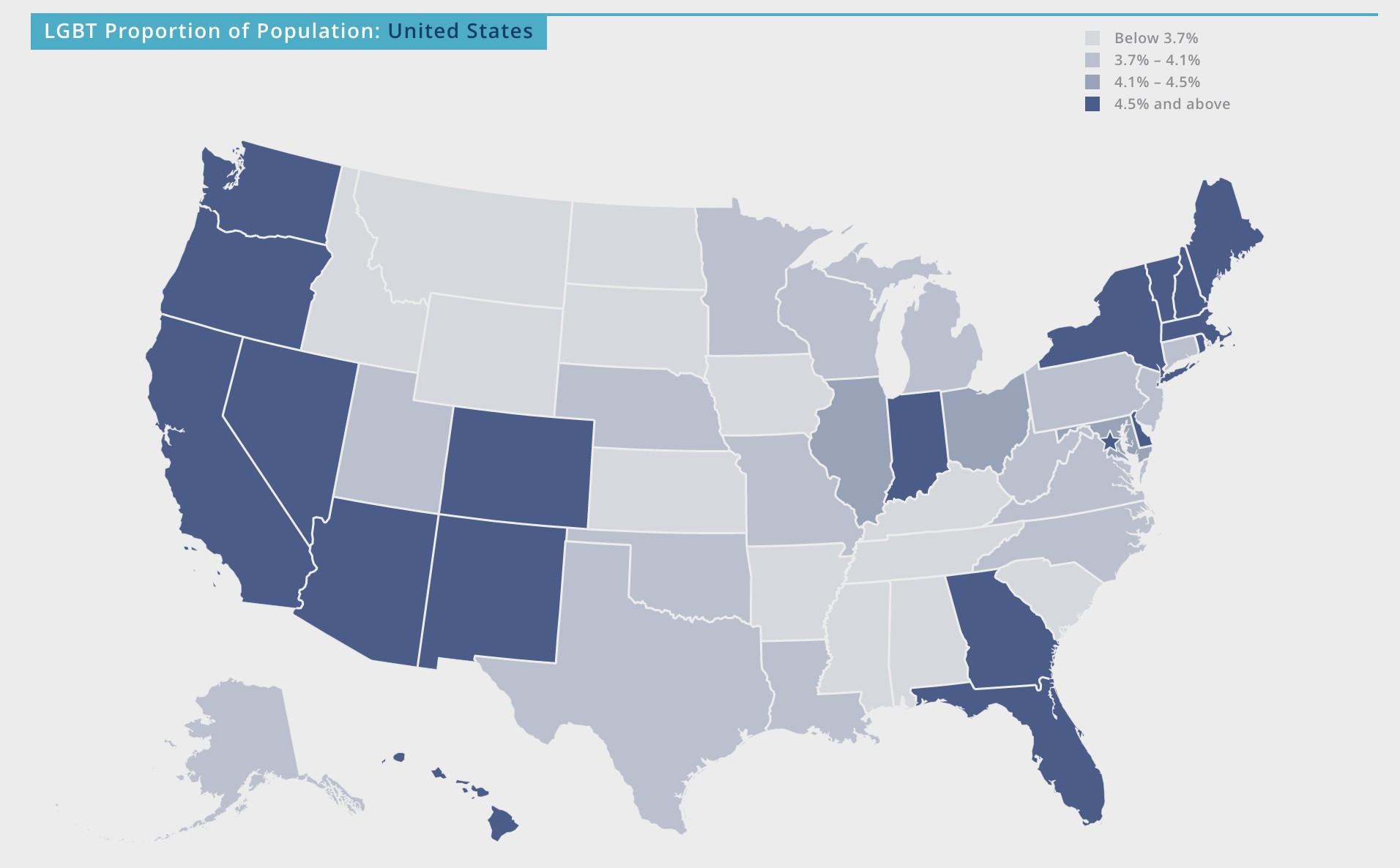TWO-SPIRIT & LGBTQ+: A GUIDED DISCUSSION




■Assume good intent
■Don’t be afraid to share
■What is said here will be respected here
■The growth happens in discomfort
■Participation looks different for everyone
■You’re a human in a body, see to your needs

■Notice what you’re not noticing along lines of gender and sexuality
■Create a curiosity* about Two-Spirit & LGBTQ+ people and communities
■Begin developing an executable 3-6 month work plan on how to explore Two-Spirit & LGBTQ+ identity and incorporate learnings into your work process
*Curiosity, as defined by historically and predominantly white and heteronormative institutions has almost exclusively been defined as interrogation. Explore using a more-holistic model of curiosity by observation, cultivating culturally-defined respectful engagements, and consistently obtaining consent.








● Team Dynamics
● Byllie Andrews for Assembly District 27
● Greater Twin Cities United Way
● Friends of the Hennepin County Library
● PFund Foundation
● The Circle News
● Rosebud Sioux Tribe
● Native Vote
● South Dakota Democratic Party
● Washoe County Democratic Party
● Nevada Campaign for Change
● Obama for America
● Ren0-Sparks Indian Colony
● South Dakotans Against Discrimination
● The Argus Leader
● Aberdeen American News
An interdisciplinary team of adult educators and intercultural capacity building specialists, we create memorable experiences for your staff that make a lasting impact. Our organizational culture experts partner with you through a sequenced series of training and coaching. We provide the side-by-side support you’ll need to learn, problem-solve, and ultimately achieve your goals.

Mission PFund Foundation builds equity with LGBTQ+ communities across the upper Midwest by providing grants and scholarships, developing leaders, and inspiring giving.

Vision PFund Foundation invests in thriving and more equitable communities for queer people in the upper Midwest.


In this opportunity to describe a number of terms being used widely in the contemporary LGBTQ lexicon – illustrating facets of both gender identity and sexual orientation. We also recognize that in different regional, ethnic and generational communities language continuously develops and changes. What feels good to one community, may or may not feel good for everyone.
This terminology is ever-changing and, like in Indian Country, you will find folks who still use older terms or even more-specific terms appropriate to their sexuality and gender identity.
Lesbian, Gay, Biexual, Transgender, Queer, Questioning, Intersex, Two-Spirit, Asexual, Agender, Allied … and more!
■Lesbian: women-identified people with sexual and romantic attractions for other women-identified people.
■Gay: men-identified people with sexual and romantic attractions for other men-identified people.

■Bisexual: women and men with sexual and romantic attraction for both men and women.
■Transgender: Sometimes abbreviated as “trans,” a person whose gender identity does not match the biological sex they were assigned at birth. It can refer to a range of identities including transgender boys and men, people who identify as a boy or man but were assigned female at birth, and transgender girls and women, people who identify as a girl or woman but were assigned male at birth.
■Queer: An umbrella term for a range of people who are not heterosexual and/or cisgender. It has been historically used as a slur; some have reclaimed it as affirming, while others still consider it derogatory.

■Questioning: a person who is questioning their own gender identity and/or sexuality.
■Intersex: An umbrella term that describes a person with a genetic, genital, reproductive, or hormonal configuration that does not fit typical binary notions of a male or female body. Intersex is frequently confused with transgender, but the two are completely distinct. A more familiar term, hermaphrodite, is considered outdated and offensive.
■Two-Spirit: The term Two-Spirit has been present in Native communities for countless generations that predate LGBTQ terminology. Two-Spirit people have both a male and female spirit within them and are blessed by their Creator to see life through the eyes of both genders. A Two-Spirit person may be gay, but a gay person is not necessarily Two-Spirit. Claiming the role of Two-Spirit is to take up the spiritual responsibility of the traditional role. Walking the red road, being for the people and our children/youth, and being a guiding force in a good way with a good mind are just some of those responsibilities.

■Asexual: An asexual person is a person who does not experience sexual attraction.
■Agender: a person who does not identify as having a gender identity that can be categorized as man or woman or who identifies as not having a gender identity.
■Cisgender (pronounced sis-gender): A term to describe a person whose gender identity matches the biological sex they were assigned at birth. (It is sometimes abbreviated as “cis.”)
■Nonbinary: A spectrum of gender identities and expressions, often based on the rejection of the gender binary’s assumption that gender is strictly an either-or option of male/man/masculine or female/woman/feminine based on sex assigned at birth. Terms include “agender,” “bigender,” “genderqueer,” “genderfluid,” and “pangender.”

■Gender identity: A person’s deep-seated, internal sense of who they are as a gendered being; the gender with which they identify themselves.
■Sexual orientation: A person’s feelings of attraction toward other people. A person may be attracted to people of the same sex, of the opposite sex, of both sexes, or without reference to sex or gender. Some people do not experience sexual attraction and may identify as asexual. Sexual orientation is about attraction to other people (external), while gender identity is a deep-seated sense of self (internal).
■Gender binary: The idea that gender is strictly an either-or option of male/man/masculine or female/woman/feminine based on sex assigned at birth, rather than a continuum or spectrum of gender identities and expressions. The gender binary is considered to be limiting and problematic for those who do not fit neatly into the either-or categories.

■Misogyny: hatred of, contempt for, or prejudice against women.
■Transmisogyny (also known as transmisogyny and transphobic misogyny): the intersection of transphobia and misogyn y as experienced by trans women and transfeminine people. (The term was coined by Julia Serano in her 2007 book “Whipping Girl” to describe a particular form of oppression experienced by trans women.)

■GLBT >


■LGBT >
■LGBTQ+ >
■QTI2BLG
Why it matters:
■Combatting misogyny and acknowledging the changing nature of community.
For LGBTQ+ people and Two-Spirit people in the U.S. with data from the Williams Institute, UCLA School of Law









■Two-Spirit
■Indigiqueer
■Nadleehi
■Winkte
■What are other terms for LGBTQ Indigenous people that you know of that are used in a respectful or descriptive way?


THE LINKS BETWEEN OUR COMMUNITY AND POLICY: HOW, WHO AND WHEN IS THE BEST TIME TO ENGAGE WITH YOUR ELECTED LEADERS.




■ Why is this work important?
■ What are you noticing along lines of gender and sexuality – What is feeling new or something you hadn’t thought about before today?
■ What would you like to know more about?
■ What would an executable 3-6 month work plan on how to explore Two-Spirit & LGBTQ+ identity and incorporate learnings into your work process?

